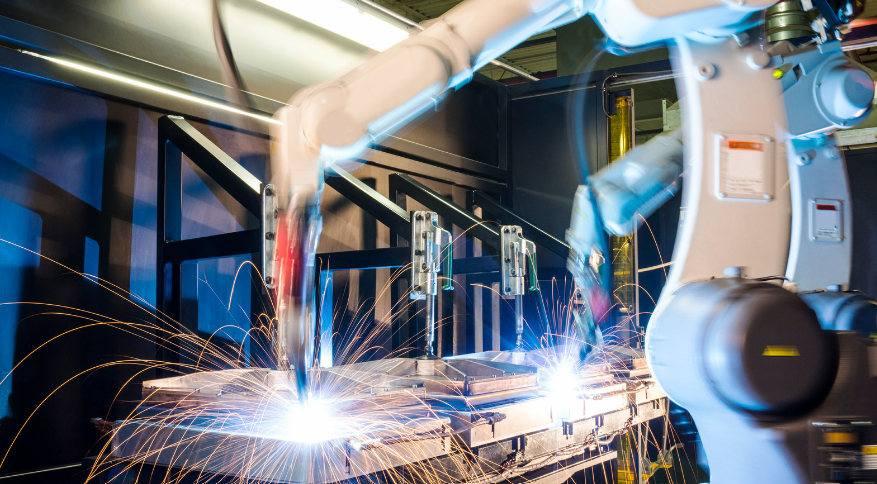TIG fusion is a multi-capable method that enables the manipulation of a wide diversity of materials while achieving impeccable weld precision. Tig welding machines are highly applicable across various domains. During TIG fusion with this type of welder, the electrical discharge is observed to occur within an atmosphere that is free from reactive agents, encompassing a non-depletable tungsten probe and the object of labor. The encompassing gas maintains an inert state indefinitely, ensuring that it does not disrupt the fusion process. It is worth noting that argon gas functions as a sentinel not only for the conductive point of the torch but also for the fusion fissure.
Utilization Domains
Example 1: Thin aluminum components in the aviation industry can be produced with the help of Tig welders.
Such components require a high level of precision. Quality is essential in the aviation industry. In this regard, TIG welding is exceptional, as it provides precise heat regulation and generates strong, deformation-free welds that are spotless.
Example 2: Stainless steel for the food industry
Equipment and structures in the food industry, including silos, conduits, and food containers, are mostly created of stainless steel. Tig welders are used to maintain hygiene standards by producing high-quality, contamination-free welds in an inert environment. Tig welding machines are widely utilized in the food processing industry, where equipment durability and hygiene are pivotal.
The Benefits
There are a number of merits that are significant when considering the utilization of Tig welding equipment:
- Narrow heat-affected zones ensure that minimal metal deformation occurs despite the application of high temperatures during the process.
- Even novice welders can easily master the procedure due to its rapidity and simplicity of instruction.
- Welded junctions are exceptionally flat and clean, necessitating only minor machining operations after the weld.
- Argon gas, which is more massive than oxygen, eliminates air effectively from the welding zone.
- Welding is possible on a vast array of metals, including problematic materials like aluminum.
- Environmentally significantly less detrimental than alternative approaches.
However, it is critical to recognize its limitations:
Welding in the open air during windy conditions presents a considerable challenge due to the ease with which the gas is carried away from the welding zone. To mitigate this issue, windshields are utilized, although they increase gas consumption.

In contrast to alternative options, TIG requires exacting metal preparation. Degreased surfaces that are free of oil and grime are required. Ignoring it could lead to welds that are porous and substandard.
Obstacles arising from the design of the torch in confined spaces could result in complications such as scorching. Although several potential remedies are suggested, such as reducing the electrode size, these precautions must be taken into account.
The post Tig Welding Machine: What You Need to Know appeared first on Spring Hill Med Group.



